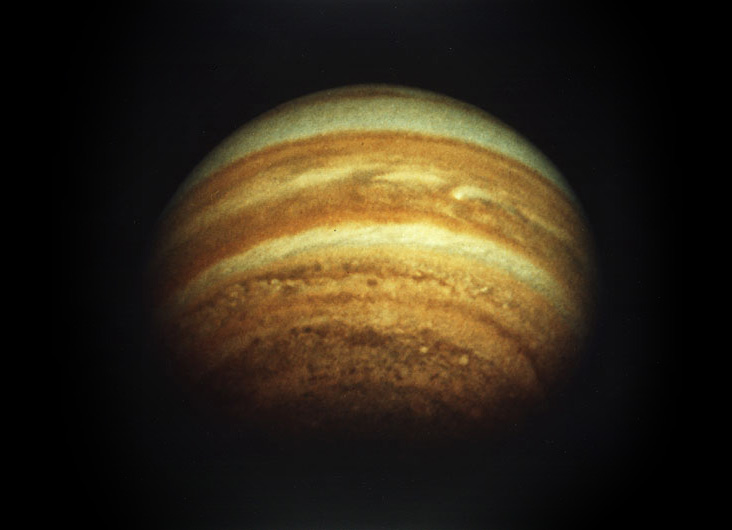The first spacecraft to fly past Saturn, as well as return photos of Jupiter’s polar regions, was launched 43 years ago this month.
At it’s closest approach to Jupiter, Pioneer 11 was the fastest traveling human-made object at the time, moving at 171,000 kilometers per hour. The spacecraft traveled across the bow shock of Jupiter and returned data that indicated that the solar wind causes the Jovian magnetosphere to periodically change its boundaries.
Pioneer 11 used Jupiter’s gravitational field to establish a flyby course with Saturn. It provided the first evidence of Saturn’s magnetic field by detecting the planet’s bow shock. It discovered the “F” ring and recorded Saturn’s overall temperature at -180°C. The data suggested that Saturn was mainly composed of liquid hydrogen.
After leaving Saturn, Pioneer 11 headed toward the center of the galaxy. It was the fourth spacecraft to cross Neptune’s orbit in 1990. Twenty-two years after launch, two of the spacecraft’s instruments were still operational. However, scientists lost contact with the spacecraft after Earth permanently moved out of view of its antenna.



